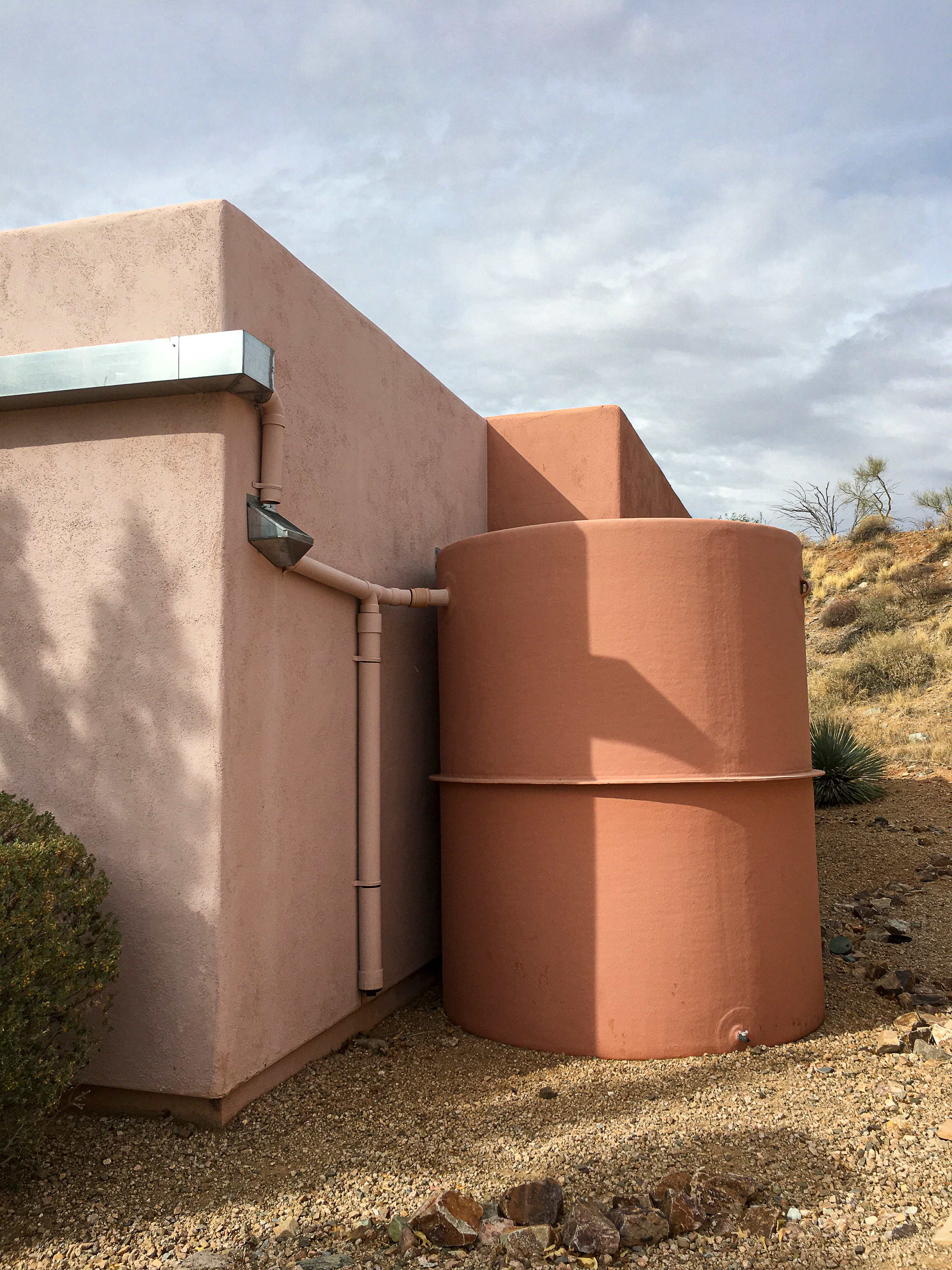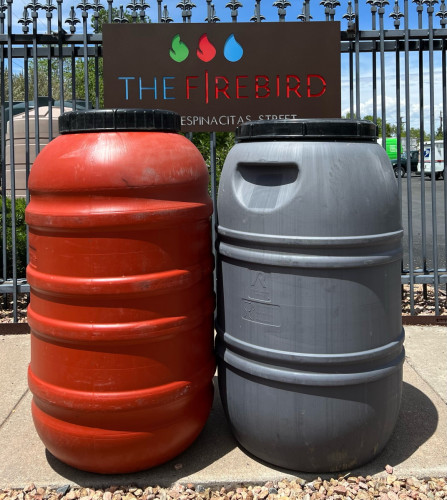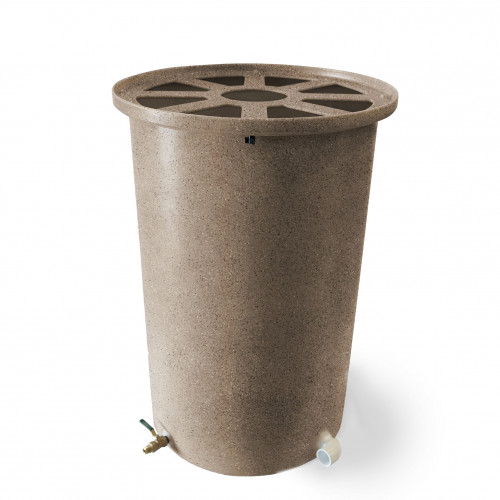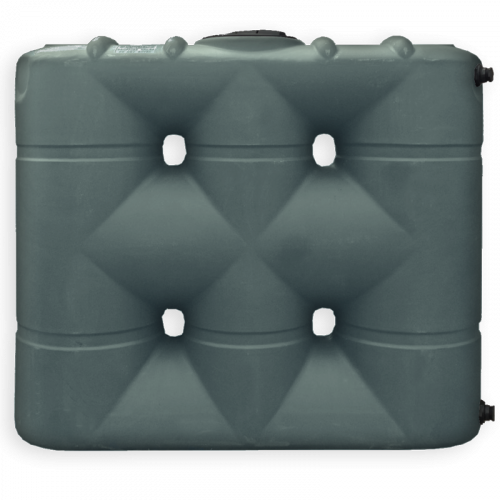What are the methods of rainwater harvesting?
There are several methods of harvesting rainwater that homeowners can utilize. Each method of rainwater harvesting has its advantages and disadvantages, and the best method for a specific location depends on factors such as the amount of rainfall, soil type, and land use. A combination of methods may be the most effective approach in some cases.
The most common and simplest method of rainwater harvesting is rooftop rainwater. Rainwater is collected from rooftops and directed using gutters and downspouts into a rain barrel for later use.
Surface runoff harvesting involves collecting rainwater from the surface runoff of a catchment area, such as a hillside, and directing it to a rain catchment system, storage tank, or infiltration basin.
Infiltration systems allow rainwater to percolate into the ground for later use. Infiltration systems include infiltration trenches, infiltration basins, and recharge wells.
Similar to infiltration systems, check dams are small barriers constructed across a natural drainage path to slow down the flow of water and allow it to percolate into the ground. They are commonly used in hilly and mountainous regions.
Percolation pits are also used. This method involves digging pits to allow rainwater to percolate into the ground. Percolation pits are typically used in areas with high groundwater levels.
What is the most efficient way to collect rainwater?
There is not one right way to harvest rainwater, but there are some ways you can maximize your harvesting efficiency depending on the amount of rainfall, the size of the catchment area, and the intended use of the collected water.
ways you can maximize your harvesting efficiency depending on the amount of rainfall, the size of the catchment area, and the intended use of the collected water.
This might go without saying but, the larger the catchment area, the more rainwater you can collect. A larger catchment area also means that the rainwater can be collected more quickly, reducing the chances of runoff.
Always make sure your catchment surface, such as a smooth metal or tile roof, is clean. This allows rainwater to flow more easily into gutters and downspouts, reducing the amount of debris and sediment that enters the rain barrels.
Using a filtration system is a great step to add to your rainwater harvesting method. A filtration system removes sediment, debris, and other pollutants from the collected rainwater, improving the quality of the stored water and reducing the need for maintenance.
Another great aspect to consider is an overflow system since in a heavy monsoon, you may get more rainfall than expected. An overflow system prevents the storage tank from overflowing during periods of heavy rainfall. Excess rainwater can be directed to an infiltration basin or other suitable area to allow the water to percolate into the ground.
You are guaranteed success if you use a combination of the above methods to maximize the amount and quality of the collected water.
Call our experts at The Firebird today to inquire about our high quality rainwater harvesting and collection systems.



